How to Use Fundamental Analysis in Futures Trading: 5 Key Indicators to Build a Profitable Strategy

1. What Is Fundamental Analysis in Futures Trading
2. Why Conduct Fundamental Analysis in Futures Trading
2.1 Addressing the Lag in Technical Analysis
2.2 Enhancing Certainty in Market Direction
2.3 Identifying Long-Term Value Opportunities
3. Five Key Indicators to Understand Futures Fundamentals
3.1 Active Addresses
- Watch for a steady upward trend
- Combine with price trends to identify potential “value opportunities.”
3.2 Hash Rate

3.3 Total Value Locked (TVL)
3.4 Market Cap and Fully Diluted Valuation (FDV)
- Market Cap = Circulating supply × Current price
- Fully Diluted Valuation (FDV) = Total maximum supply × Current price
3.5 Token Supply
4. How to Trade Futures on MEXC
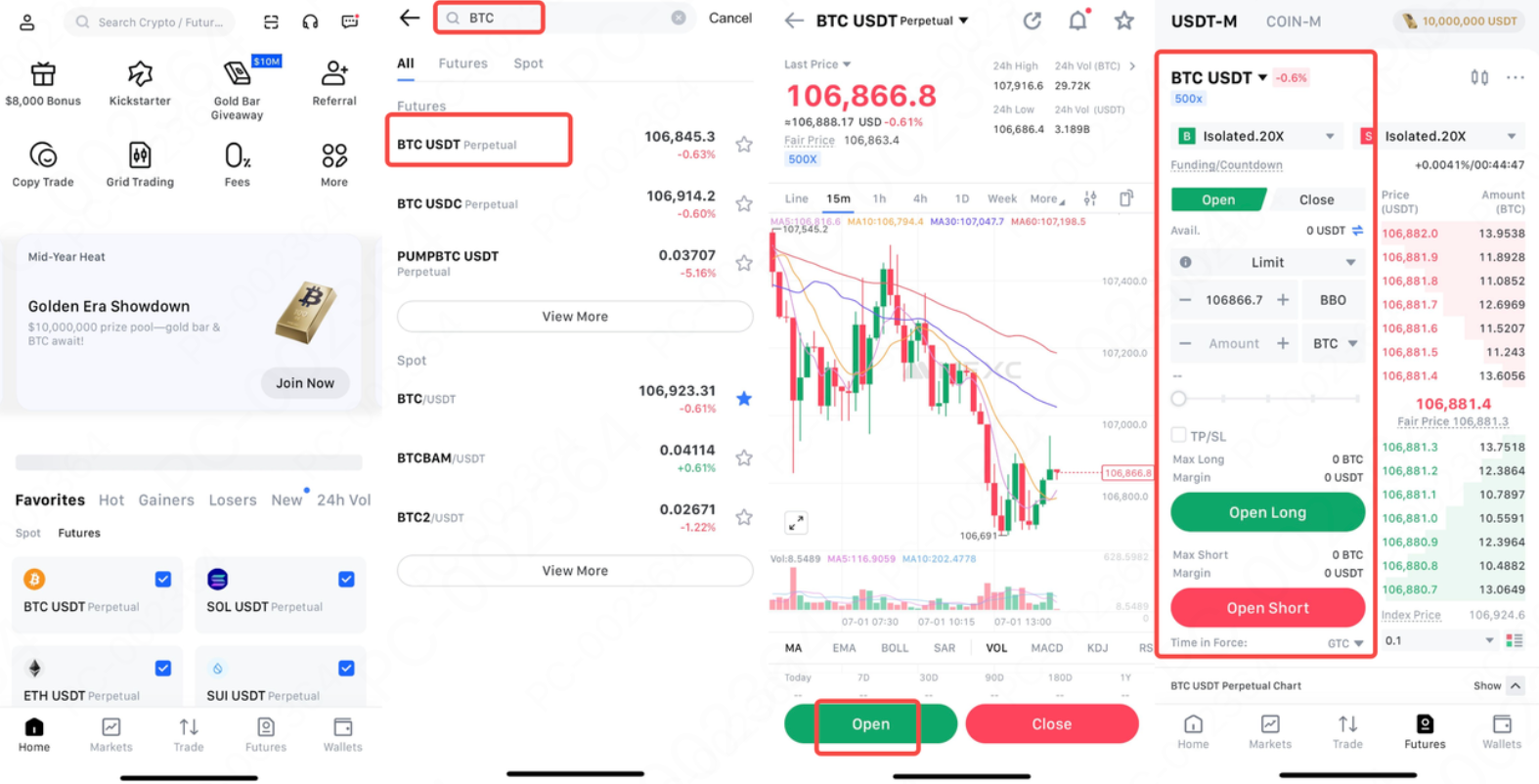
5. Conclusion: Building an Edge with Data-Driven Insight
Popular Articles

What Is Liquid Staking and How Does It Work?
Traditional crypto staking forces you to lock up your assets for months, leaving you unable to trade or use them elsewhere. Liquid staking changes this by letting you earn staking rewards while keepin

What is Rayls (RLS)?A Complete Introduction to Blockchain for Banks
Key Takeaways1)Rayls is a blockchain built specifically for banks and financial institutions, enabling compliant, private, and scalable on-chain financial services.2)It unifies TradFi and DeFi by comb

What is MEXC DEX+? Complete Trading Guide for DEX Aggregator
Key Takeaways:MEXC DEX+ combines centralized exchange convenience with decentralized trading access across four major blockchain networks.Trade over 10,000 tokens without managing private keys or
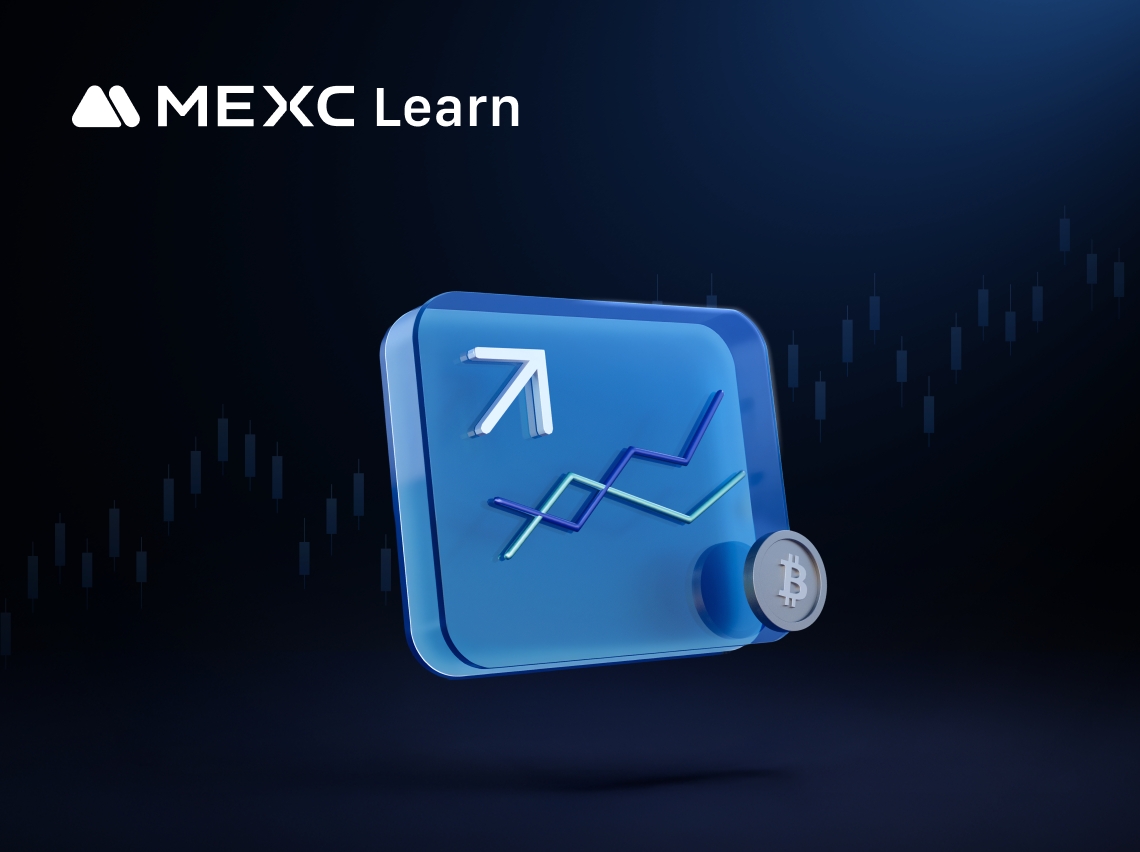
Calculation of Futures Yield and Trading Fees
When trading futures on MEXC or other major exchanges, your trading PNL is based on three components:Trading Fees: The cost incurred during the transaction.Funding Fees: Periodic settlements based on
Hot Crypto Updates
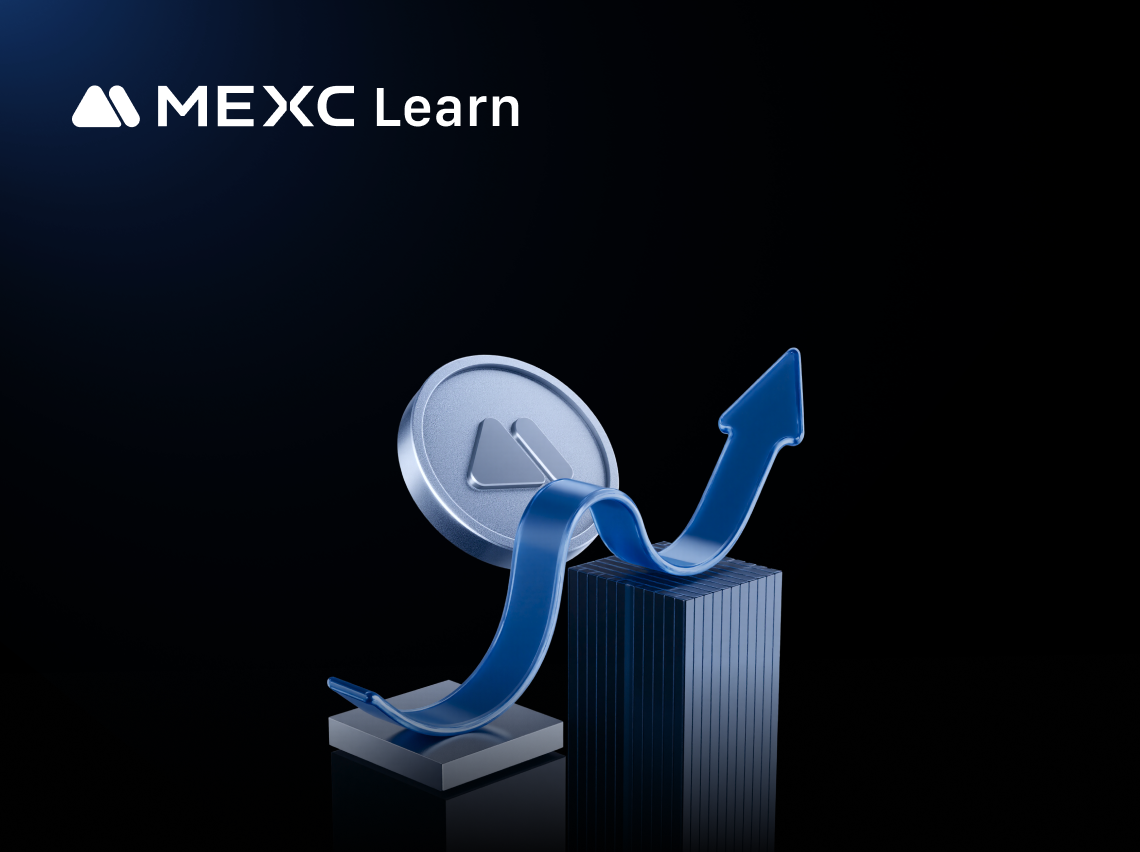
Nine-Figure Net Worth: The New Milestone in Wealth Creation
The concept of nine-figure net worth, ranging from $100 million to just under $1 billion, marks a critical threshold in the modern economy distinguishing ultra-high-net-worth individuals (UHNWIs) from
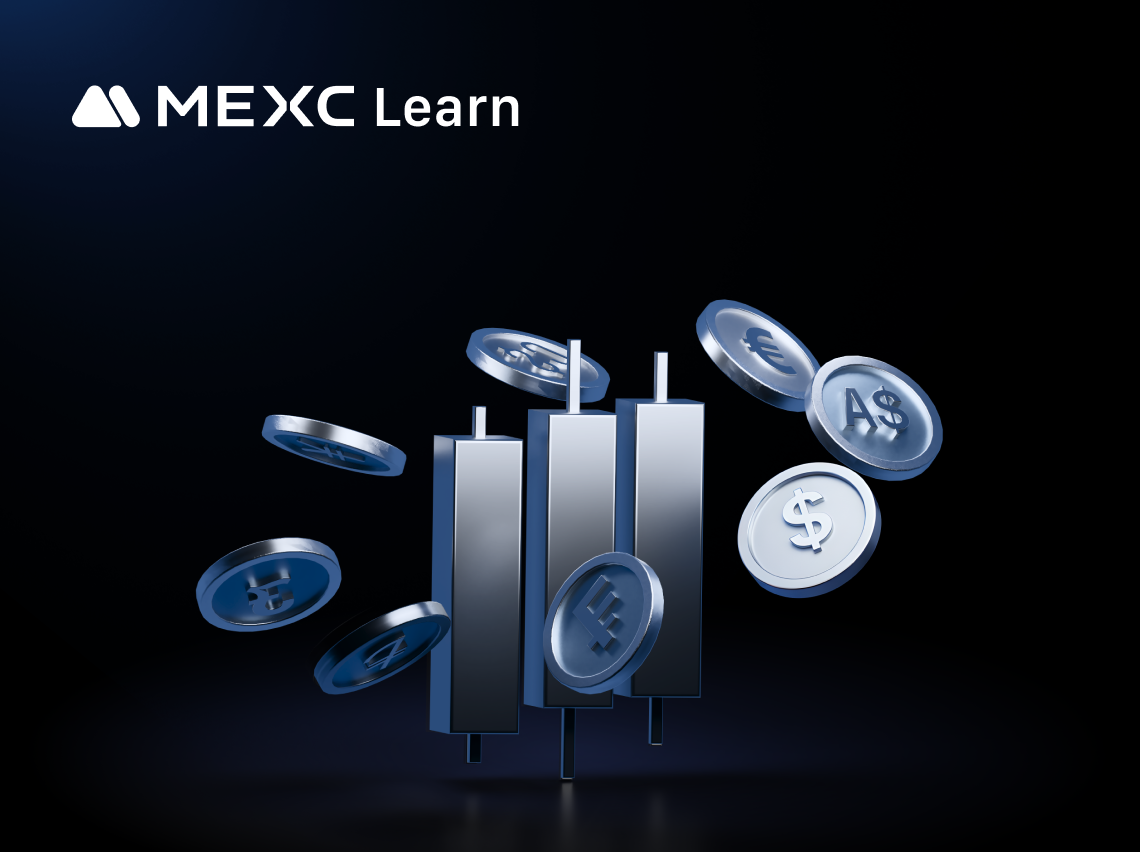
Dogecoin (DOGE) Bullish Price Prediction
Introduction to Bullish DOGE OutlookOptimistic investors often look to bullish price predictions for Dogecoin (DOGE) to identify the coin's growth potential during favorable market cycles. A bullish o

Dogecoin (DOGE) 7-day Price Change
The Latest Dogecoin (DOGE) price has shown notable short-term fluctuations over the past week, reflecting shifting sentiment around meme coins and broader market conditions. In this article, we'll exa

BOB (BOB) Price Updates: Latest Market Movements and Cryptocurrency Trading Insights
Staying updated with the latest price updates of BOB (BOB) helps crypto traders and investors monitor market shifts, track cryptocurrency volatility, and make timely investment decisions in the crypto
Trending News

Trump duwt Selig naar voren, mogelijk vandaag al stemming over nieuwe Amerikaanse cryptobaas
De Amerikaanse Senaat kan vandaag al stemmen over de benoeming van Michael Selig als nieuwe voorzitter van de Commodity Futures Trading Commission. De mogelijke

Terraform Labs Co-Founder Do Kwon Sentenced To 15 Years In Prison
The legal saga surrounding Do Kwon, co-founder of Terraform Labs, has culminated in a significant ruling, with the crypto magnate sentenced to 15 years in prison

Bitcoin ETFs Record Strongest Inflows Since July, Push Holdings to New High
The post Bitcoin ETFs Record Strongest Inflows Since July, Push Holdings to New High appeared on BitcoinEthereumNews.com. In brief Bitcoin ETPs saw a net inflow of 20,685 BTC last week, driven mostly

Scaramucci: Solana will ‘flip’ Ethereum
"I think it will flip Ethereum,” Scaramucci said, before quickly clarifying that he still loves ETH and Avalanche too, insisting he is “not chain monogamous.”
Related Articles
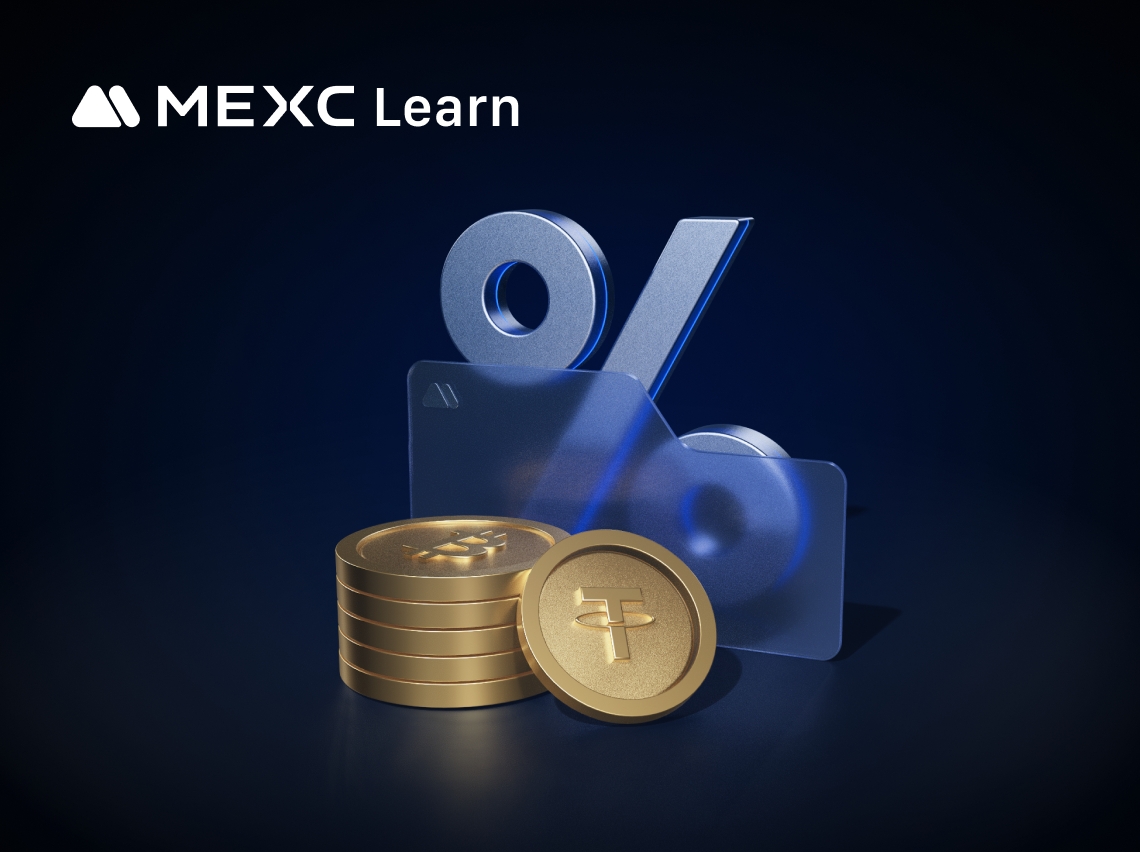
MEXC Futures Funding Rates: How to Check, Calculate & Optimize Costs
Have you ever experienced this? You predicted the market direction correctly in a futures trade, yet your profits kept shrinking, or your balance mysteriously dropped? The culprit might be something m
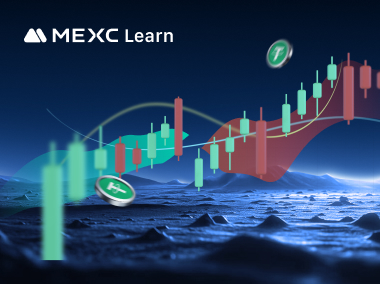
What is an Ichimoku Cloud Chart?
The Ichimoku Cloud Chart is a technical analysis method that combines multiple technical indicators into one chart. It can display potential support and resistance areas, trend direction, and provides
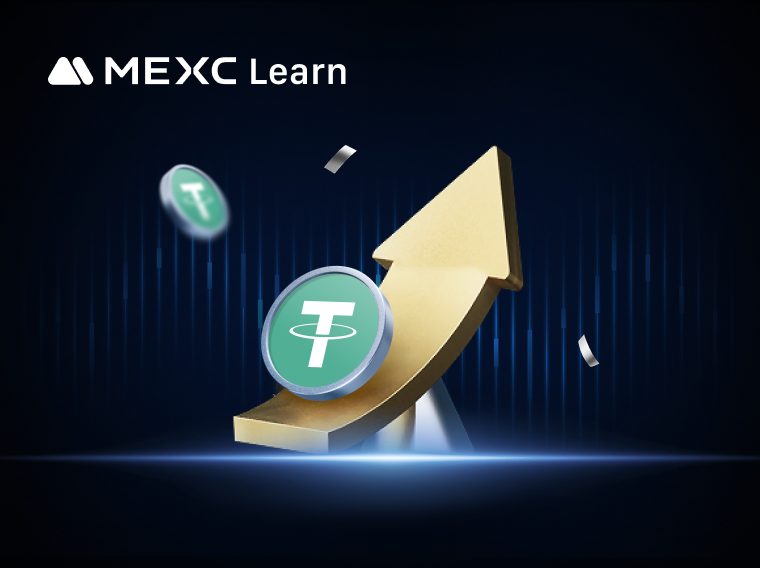
MEXC Futures Guide| Leverage Trading Strategies & Risk Management
As market trading accelerates and user strategies become increasingly diversified, high-leverage trading tools have become a key component for professional investors seeking to optimize capital effici
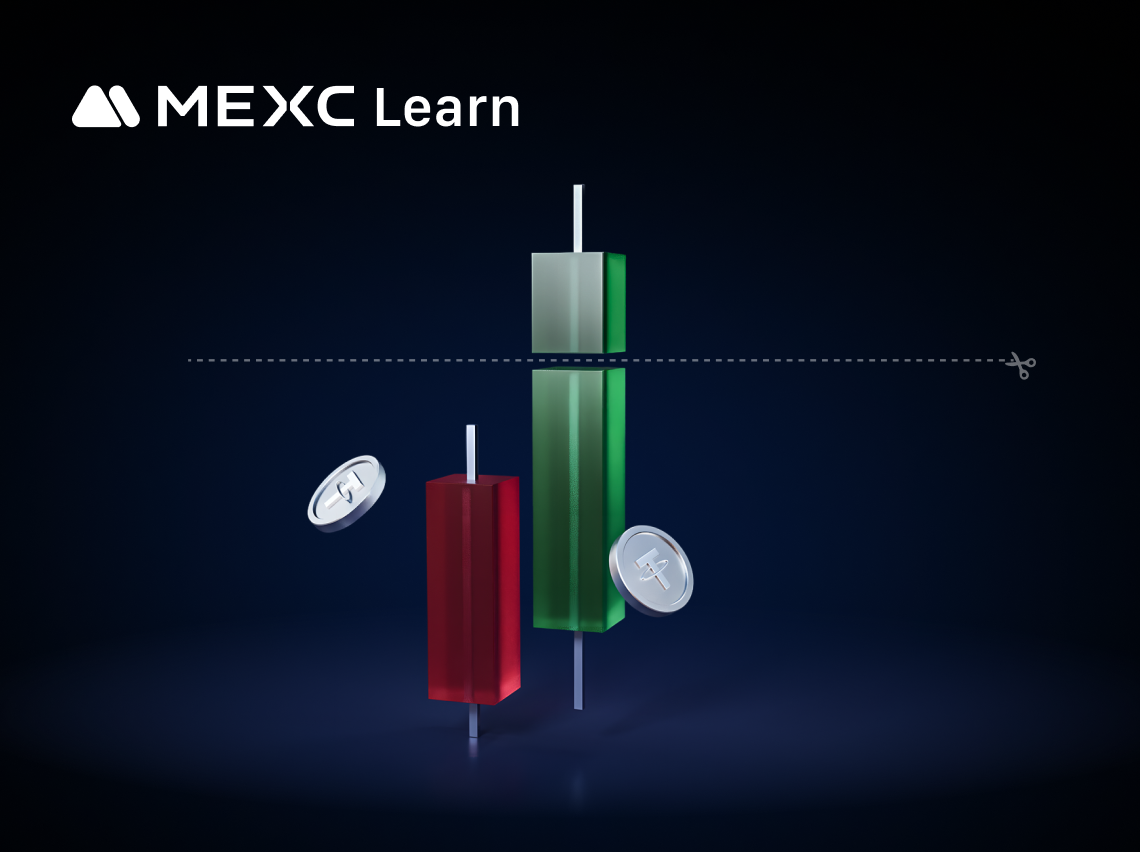
MEXC Advanced Futures Trading Strategies: Take Profit to Lock in Gains
When trading futures, successfully opening a position is only half the battle. The key to determining the success of a trade lies in closing it effectively: locking floating profits on the books into

